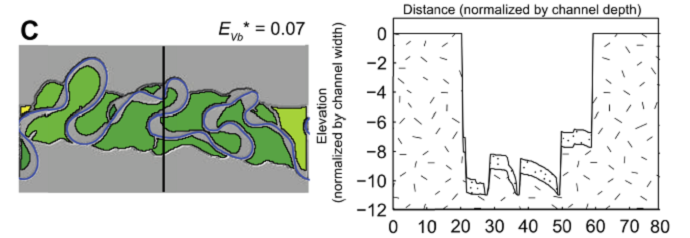Reports: ND853204-ND8: Reading River Response to Climate Change from River Terraces and Meander Dynamics
Michael Lamb, PhD, California Institute of Technology


Michael Lamb, PhD, California Institute of Technology


Reports in the ACS PRF Annual Report are published as submitted by the Principal Investigator.
Copyright © American Chemical Society